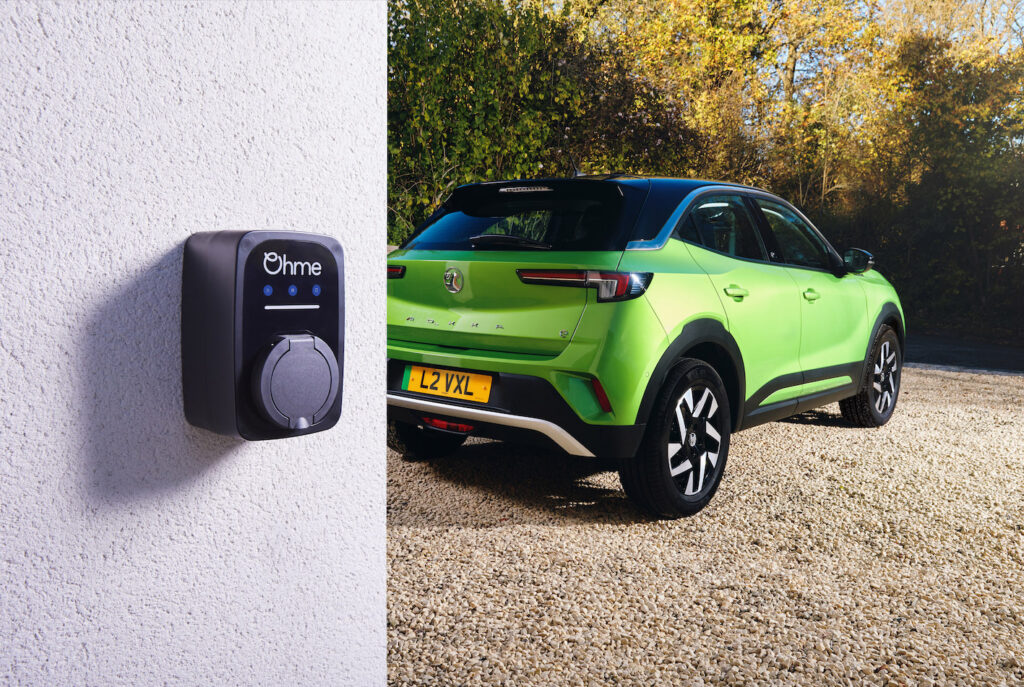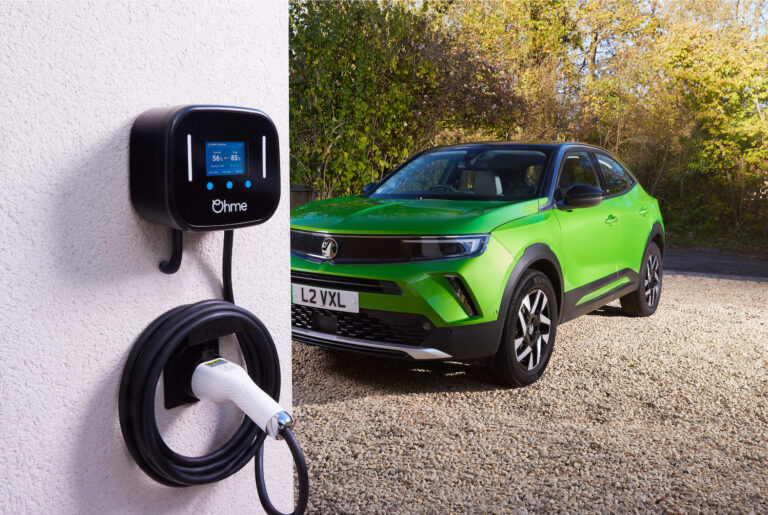When it comes to home EV chargers you might see them being referred to as tethered or untethered. But what do those terms mean and which is the best option for you, your home and your car?
Tethered chargers
As its name suggests, a tethered charger comes with the charging cable already linked to the charger. They can connect to all Type 2 plug-in electric vehicles and some charger manufacturers give you the choice to buy different lengths of cable. Ohme for example offers its tethered Home Pro (pictured above) with both five and eight metre cables.
One advantage of a tethered charger is convenience. The cable is already there so it’s simply a matter of unhooking it to plug in your car. You don’t need to constantly retrieve a separate cable from your car or home when, say, returning home late at night or in bad weather. It may sound minor, but if you’re using your charger regularly, then that can soon get tiresome.
Untethered chargers

So, what can an untethered charger offer by comparison? As well as usually being slightly more affordable, untethered chargers don’t have the charging cable attached. Some feel an untethered charger offers a cleaner design if it’s in a prominent position on the front of your home as the cable can sometimes be considered unsightly.
The other advantage is that an untethered charger is compatible with all plug-in electric vehicles. So while the majority of new electric vehicles have used a Type 2 plug for some time, if you need to charge an older EV, such as a first generation Nissan Leaf, then an untethered charger might be more suitable for you.
The same goes for that length of cable we mentioned earlier too. Tethered chargers come with a set length of cable and that should be plenty for most people. But if you need an even longer cable to reach your vehicle, then you can buy a longer one accordingly.

